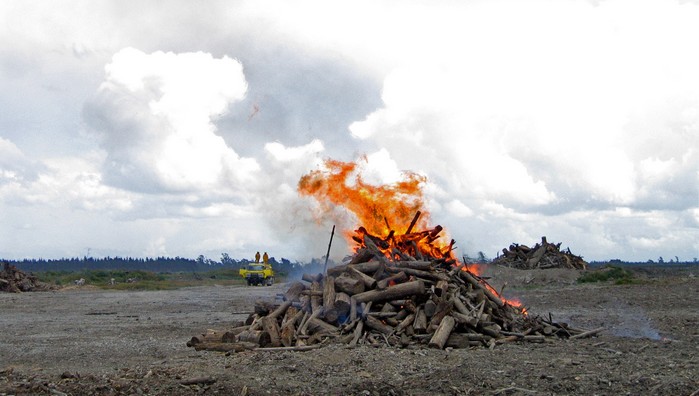Attitudes to using fire as a land management tool in New Zealand
12 August 2019
Fire is considered a useful tool for rural land managers but using it comes with risks. The attitudes and perceptions of rural land owners and residents to using fire as a land management tool have been surveyed by Scion’s Rural Fire Research team.
Fire in New Zealand has a long history of use by rural land owners and managers to reduce pests and disease, regenerate land and clear vegetation. However, perceptions around the risks of burns getting out of control, impacts of smoke pollution and ecological damage threaten its continued use.
With almost 700 responses from rural land managers, rural populace, and rural fire personnel, the survey identified differing perceptions about the suitability of using fire. Around half the respondents used fire and nearly 80% support its use. People’s attitudes for and against using fire were explained by:
- The benefits of fire use
- The traditional use of fire as a tool
- Regulations and liabilities
- Smoke impacts from fire
- The risks from (fire use) knowledge loss and changing land use.
Males, those currently using fire and/or managing larger land areas had a more positive attitude to fire use. People who were concerned about negative smoke impacts were less likely to agree that fire was a good rural land management tool.
The continued use of fire as a useful tool requires understanding current management practices and clear guidelines around best practice in using fire in New Zealand.
Scion is working with Fire and Emergency New Zealand, international research groups and fire agencies to develop training courses, tools and best practice guidelines that meet land management objectives while taking into consideration smoke nuisance and possible ecological impacts.
Bayne, K. M., Clifford, V. R., Baillie, B. R., & Pearce, H. G. (2019). Fire as a Land Management Tool: Rural Sector Perceptions of Burn-off Practice in New Zealand. Rangeland Ecology & Management, 72(3), 523-532. https://doi.org/10.1016/j.rama.2018.12.001
The study’s initial findings are available in Rural Fire Research Update 13.

